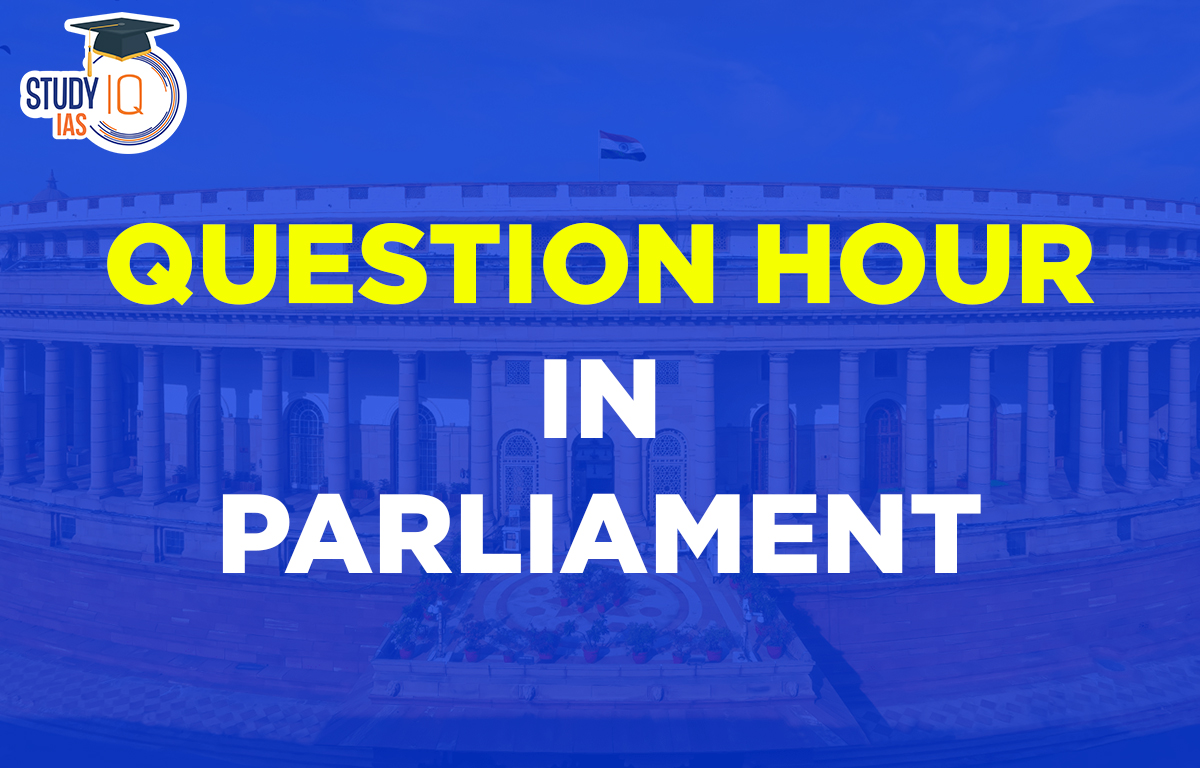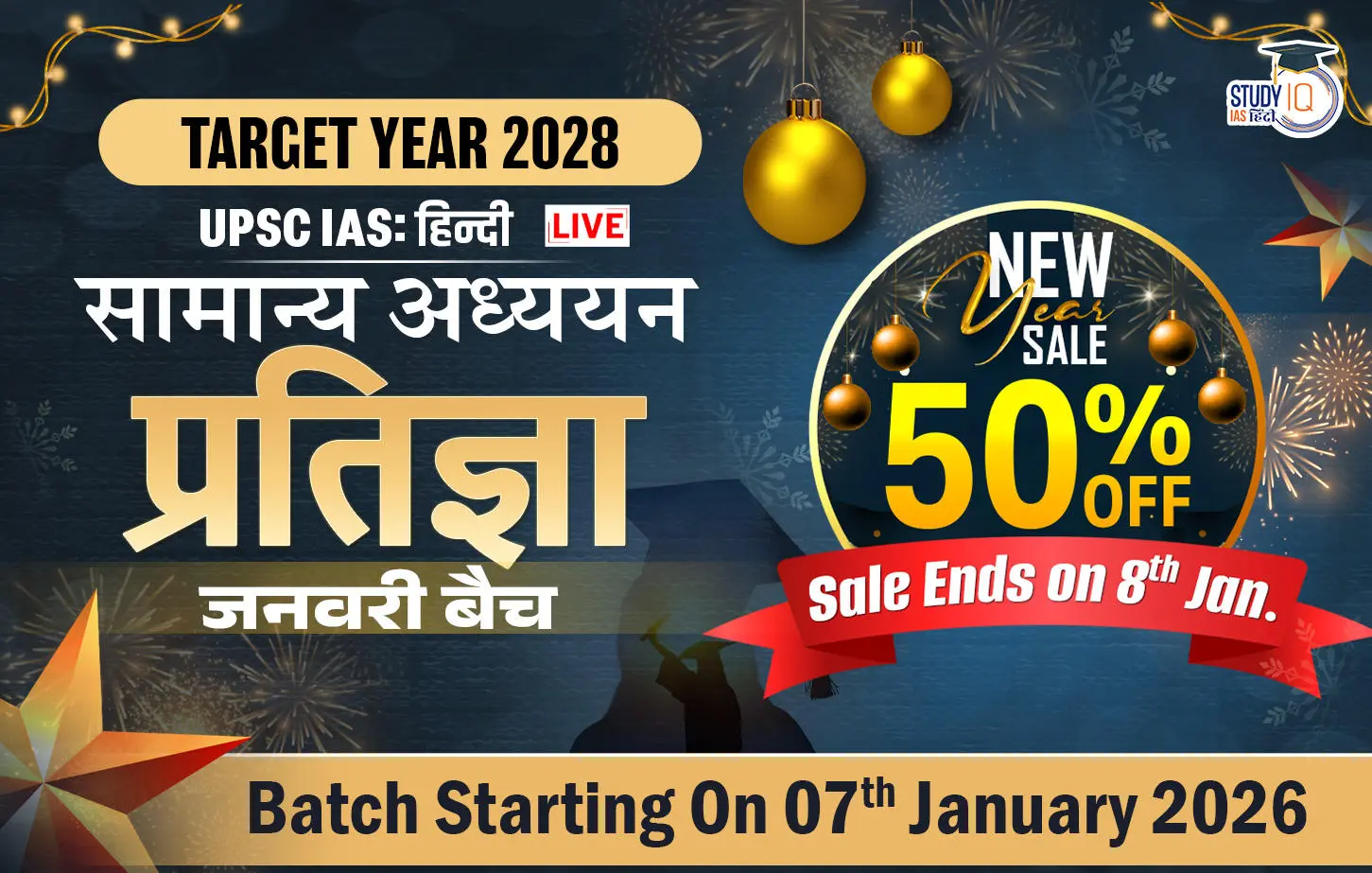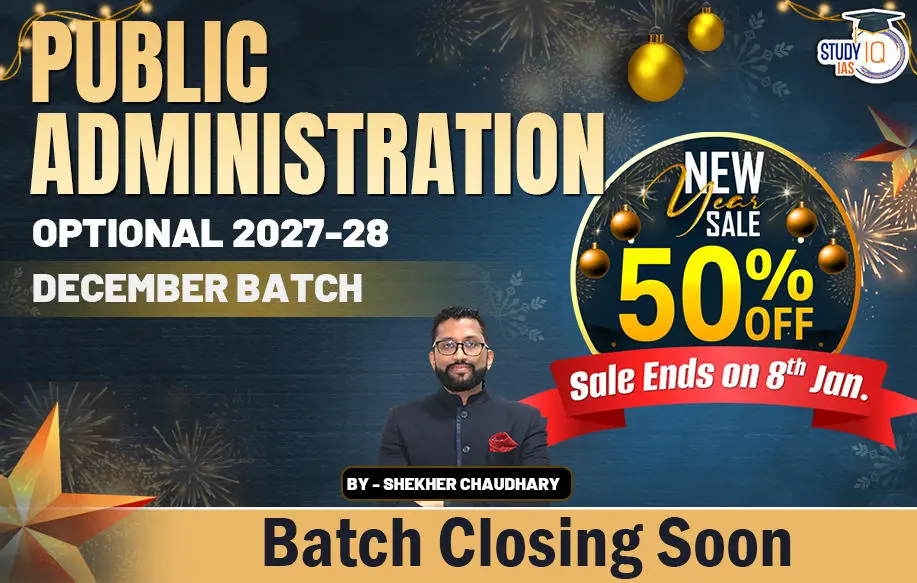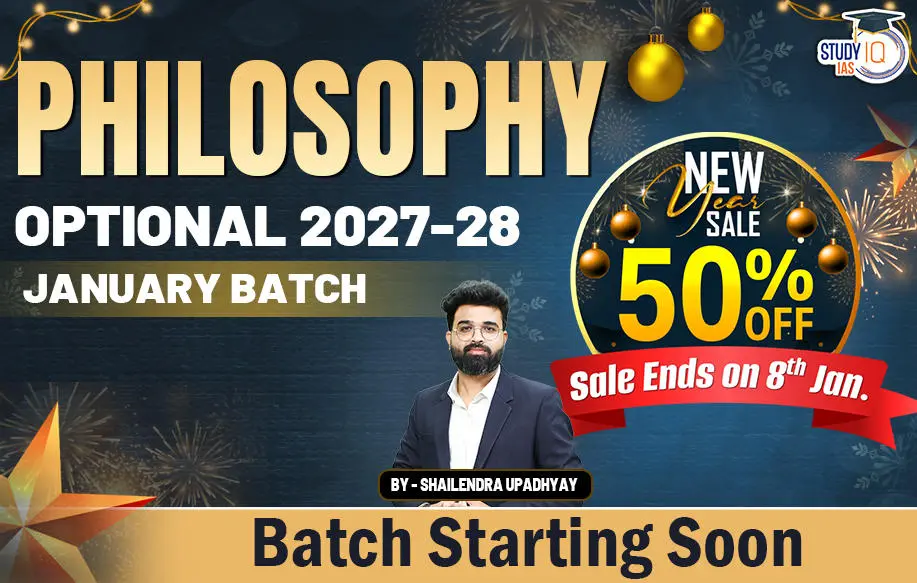Table of Contents
Context: Trinamool Congress (TMC) leader Derek O’Brien said that ‘Question Hour is one of the few tools still available to the opposition to hold the government accountable’.
Question Hour in Parliament
Question Hour, which allows for asking and answering questions in the House, is defined by Rule 38. Until the 232nd Session, this hour took place at the start of the House’s meetings. Starting from the 233rd Session, Question Hour is now held from 12:00 noon to 1:00 p.m.
The Parliamentary System’s Question Period is an important tool for ensuring ministerial accountability. The Question Hour in Parliament is an important part of Indian Polity, which is an important subject in the UPSC Syllabus. Students can also go for UPSC Mock Test to get more accuracy in their preparations.
Need of Question Hour in Parliament
Question Hour is the first hour of a sitting of the Parliament (when in session) during which Members of Parliament (MPs) ask questions to ministers regarding the functioning of their ministries. It is a crucial tool for ensuring government accountability and transparency. The first question in Parliament was asked in 1893, during the pre-independence era under British rule.
During Question Hour in Parliament, which occurs at the start of each parliamentary session, important questions are intended to be raised to hold the government accountable. The Constitution makes no mention of Question Hour. Both houses of the Parliament’s Rules of Procedure mention it. The responsible Minister must react to the Parliament either orally or in writing, depending on the type of question posed.
Questions may be directed at both the minister and non-ministerial private members. Not less than 15 full days after the date for which the notice is specified, the Notice to the Questions must be given in writing.
Rules and Procedure of Question Hour
The Rajya Sabha has rules for asking questions, just like other legislatures. Its first meeting was on May 13, 1952, but there was no Question Hour until May 26, 1952. The first questions were asked on May 27, 1952. On July 14, 1952, the Chairman announced that the first hour of each Monday to Thursday would be for questions, starting on July 21, 1952, until July 1964. Later, this was revised to include Fridays. Initially, Question Hour ran from 11:00 a.m. to 12:00 noon, but after a rule change, it moved to 12:00 noon to 1:00 p.m.
- Governed by:
- Rules 32–54 of the Rules of Procedure and Conduct of Business in Lok Sabha.
- Directions 10–18 of Directions by the Speaker, Lok Sabha.
- Questions must usually be submitted 15 days in advance.
- A maximum of 5 questions (including oral and written) can be submitted by an MP per day.
- Additional notices are deferred to subsequent days of the session.
- Questions are submitted either online (through the Members’ Portal) or in printed form from the Parliamentary Notice Office.
- The Speaker (Lok Sabha) or Chairman (Rajya Sabha) has final discretion on the admissibility of questions.
Types of Questions in Question Hour in Parliament
Below is the type of question that has been asked during Question Hour in Parliament:
| Question Types |
|
| Type | Response | Supplementary Allowed | Submission Time | Daily Limit |
| Starred | Answered orally | ✅ Yes | 15 days in advance | 20 per day |
| Unstarred | Answered in written form | ❌ No | 15 days in advance | 230 per day |
| Short Notice | Answered orally | ✅ Yes | Less than 10 days (urgent issues) | No fixed limit |
| Questions to Private Members | Addressed to MPs who are not Ministers (e.g. on Private Member’s Bills) | Depends | Varies | Rarely used |
Starred Questions
A question marked with a star is one that primarily calls for the minister in question to give an oral response. After that, the minister must go before the House and respond. The person posing the question is required to start it with an asterisk to indicate that it is a starred question. The answer to a starred question may be followed by a number of follow-up inquiries from the audience. On any one day, a maximum of 20 questions may be presented for oral responses.
Unstarred Questions
Unstarred questions are those that need a written reply from the minister. There are no follow-up questions allowed after the initial answer. These questions are printed on white paper, and a maximum of 230 can be asked in a single day.
Questions to Private Members
A private member who is an MP but not a Cabinet Minister may also be questioned. A specific question’s subject matter must be related to a House-related Resolution, Bill, or other item. This also has to do with the concerned MP holding them accountable.
Short Notice Questions
A member has the option to submit such a query with less than ten days’ notice. This inquiry must deal with urgent matters affecting matters of general significance. Such inquiries may receive spoken responses from the minister. Additional inquiries are welcome in this situation.
Grouping of Ministries
In the Rajya Sabha, the Ministries of the Government of India are divided into five groups (I, II, III, IV, and V) for answering questions. Each group is assigned a specific day of the week: Mondays for Group I, Tuesdays for Group II, and so on. This ensures each Minister has a dedicated day for questions in both the Rajya Sabha and Lok Sabha.
Changes to these groupings can occur due to restructuring or reshuffling of Ministries. The aim is to balance the number of questions each group receives, ensuring that Ministries with many questions are not grouped.
Significance of Question Hour in Parliament
Question Hour is an important part of Parliamentary proceedings. It allows members to freely ask questions, helping the government understand public opinion and adjust its policies. Questions also highlight mistakes that might go unnoticed and can lead to further investigations or new laws when issues are significant. For example, in 1957, a financial fraud involving LIC’s investment was revealed in the Lok Sabha through this process.
Question Hour Related Facts
- When the broadcasting of parliamentary sessions began in 1991, Question Hour became an even more powerful weapon for holding the administration accountable.
- To improve the efficient operation of the house, Rajya Sabha Chairman Hamid Ansari moved the Question Hour from 11 AM to 12 PM in 2014.
- The “draw of lots” from the notices received up until the last date determines the Priority of the Question.
- On pink and yellow papers, respectively, are printed the questions intended for written and oral responses.
- Before the start of the meeting, a member may withdraw or postpone their question. All of the starred and unstarred questions with written responses are placed on the table the next day if Question Hour is postponed or the house is adjourned.
- Every day of the session, except for the budget day and the President’s joint address to both chambers, has a question-and-answer period.
| Related Articles | |
| Devices of Parliamentary Proceedings | Zero Hour in Parliament |
| Public Accounts Committee | Parliamentary Privileges |


 SLAPP Suits: Meaning, Examples, Impact o...
SLAPP Suits: Meaning, Examples, Impact o...
 Finance Commission of India, Articles an...
Finance Commission of India, Articles an...
 High Number of Pending Cases in Supreme ...
High Number of Pending Cases in Supreme ...

























